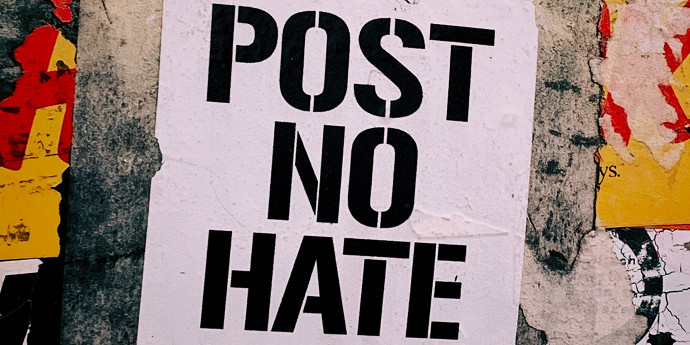"Ghost hearts" can save lives
Lab-grown “ghost hearts”, made from a pig heart and the patient’s own stem cells, can ease the transplant shortage.

Cyberhate is a product of the digital world and board members are not immune from attack.
The term can be used to describe various forms of online abuse and harassment including cyberbullying and trolling.
Board members, like other leaders, are often in the public eye and they can be targets online – for example in social media, blogs, forums, emails and online newsfeeds. It is common to hear of high profile personalities being trolled. But it happens to people in local communities as well, including small business owners and not-for-profit volunteers. Last year, for instance, the owner of a pony trekking business in Nelson closed it temporarily after she was subject to a stream of online abuse on a community Facebook page in relation to the condition of one of her ponies.
Board members are accountable to shareholders and other stakeholders, and can be subject to significant public scrutiny in some cases. There are times when directors will take heat from shareholders for various matters including organisational performance. They may also field complaints and criticism from other stakeholders such as dissatisfied customers and the media. Cyberhate is different – it goes beyond this to personal abuse and harassment.
Cyberhate can have real-life consequences for its victims including mental and emotional stress, feeling physically unsafe, and damage to a victim’s reputation. This was highlighted by Australian journalist, author and cyberhate expert, Ginger Gorman at the IoD’s 2019 Leadership Conference and in her book Troll Hunting:
“The cost of cyberhate is not just ‘hurt feelings’ as trolls love to claim. Predator trolls are wrecking lives and can cause people to harm themselves and lose their jobs…They may damage a person’s reputation so the victim becomes unemployable … it’s a type of ‘economic vandalism’ and, in cases where a person is online for their work, may represent a new form of workplace harassment. The harms are both physical and psychological.”
- Troll Hunting, Hardie Grant Books, 2019
Online harassment and bullying topped the personal harm categories reported in the latest report of Netsafe, New Zealand’s independent, non-profit online safety organisation. A report commissioned by Netsafe also shows that when quantified the estimated cost of societal impacts of cyber bullying in New Zealand was $444m (in 2018).
Cyberhate can be difficult to address and many cases aren’t reported because those affected don’t know how to handle it or who to turn to for assistance.
Some suggested strategies for board members to manage personal instances of cyberhate are set out below.
In addition to looking after your own wellbeing, directors have responsibilities for ensuring their workers are also safe online at work.
The Health and Safety at Work Act 2015 requires workplace health and safety risks to be actively managed. Cyberhate is a health and safety risk because it can lead to physical and psychological harm. Depending on the organisation, employees may be at risk of online abuse and harassment while fulfilling their roles and responsibilities (eg this may be the case if they are posting material on social media platforms as part of their work or from dealing with disgruntled customers).
“Putting workers online without training is like sending construction workers onsite without safety equipment and preparation”.
- Ginger Gorman, 2019 IoD Leadership Conference
As part of their oversight role, boards should ensure that: